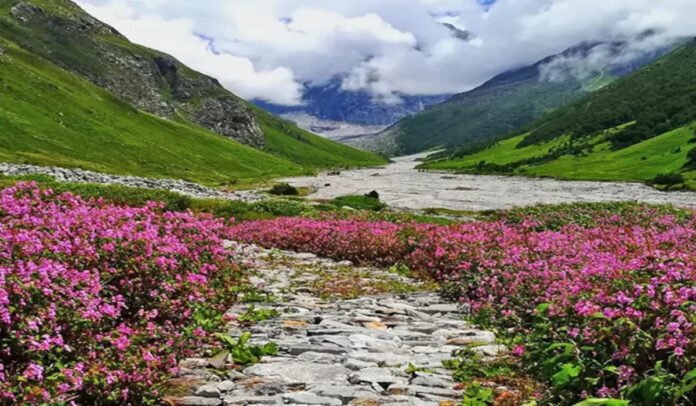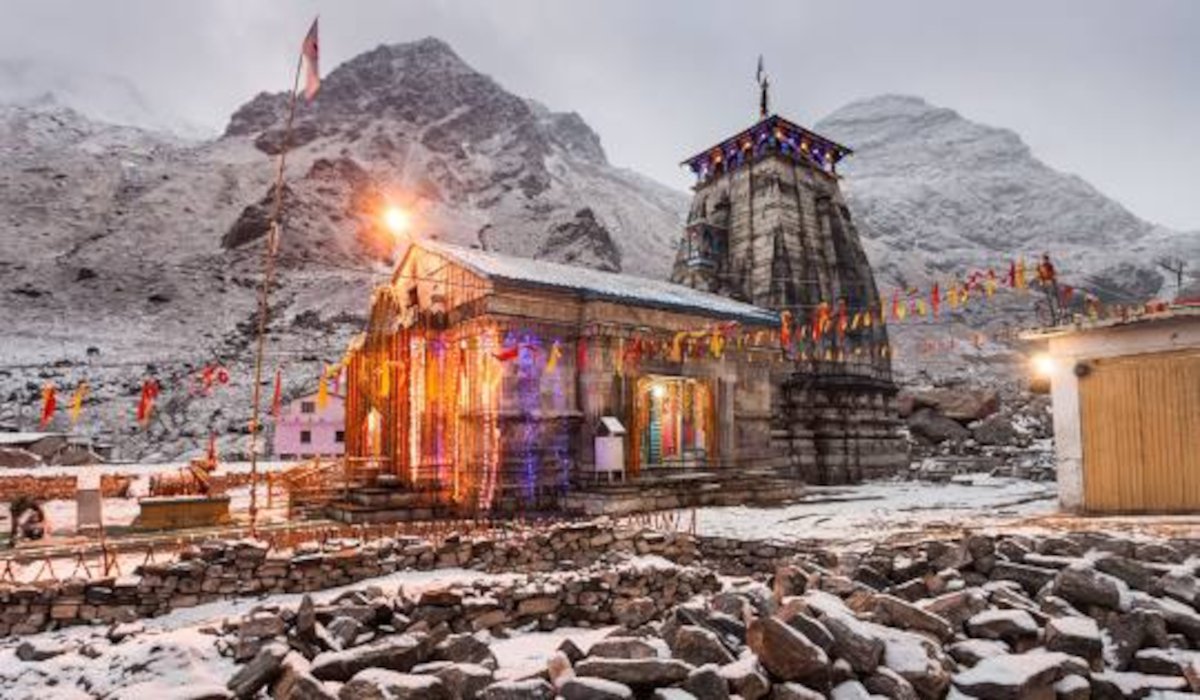The world-renowned Valley of Flowers National Park, a UNESCO World Heritage Site in the Chamoli district, is set to close its gates to visitors on 31 October for the season. The announcement marks the conclusion of the pilgrimage and trekking period, which was largely affected by a decrease in tourist footfall. The park, famous for its breathtaking natural beauty and vibrant alpine meadows, will now enter a dormant phase as the region prepares for the onset of winter and heavy snowfall.
This year’s tourist season saw a noticeable downturn in the number of visitors compared to previous years. The Valley of Flowers, which is typically open for a limited window from June to October, relies heavily on the post-monsoon period for a surge in tourism. However, as the monsoon season has persisted with intermittent heavy rainfall and unpredictable weather patterns, a great number of prospective tourists decided against making the trek. As a result, local businesses and tour operators, who depend on the brief season, have reported a challenging year.
Our correspondent reports that the decision to formally close the park on 31 October is a routine measure taken by the authorities each year. The move is made to ensure the safety of visitors and to allow the fragile Himalayan ecosystem to recover without human interference. As the season ends, the brilliant colours of the blooming flowers begin to fade, and the landscape transforms in preparation for the harsh winter ahead. The snow, which starts to accumulate in late October, completely covers the valley for the next several months, making it inaccessible.
The decline in visitor numbers is a significant concern for the local economy. The closure of the Valley of Flowers also has a ripple effect on the numerous small businesses, homestays, and shops that cater to tourists along the trekking route. Our correspondent adds that many of these local entrepreneurs, having already faced a challenging monsoon, are now hopeful for better weather conditions and a more successful pilgrimage season next year. The region is heavily dependent on tourism, and a poor season can have long-lasting effects on the livelihoods of many families.
The Valley of Flowers is a vital component of the state’s tourism and has attracted both domestic and international visitors for decades. Its biodiversity and scenic trails offer a unique experience for nature lovers and adventurers. Despite the disappointing turnout this year, the park remains a major draw for pilgrims and trekkers alike, and preparations will begin in the coming months for the next season’s opening, which usually occurs in early June. Local officials and tourism bodies are expected to intensify promotional efforts to ensure a strong comeback for the 2026 season.



























